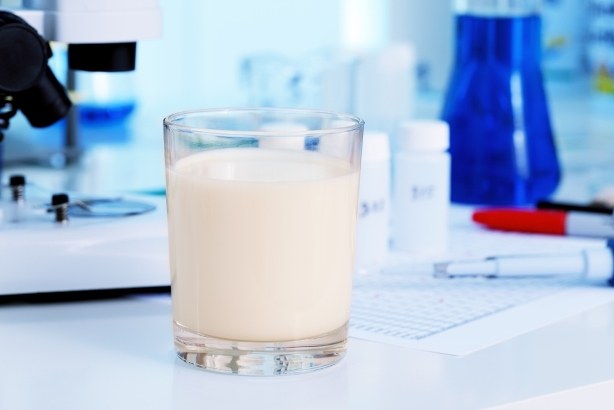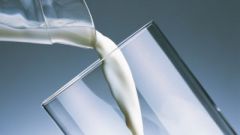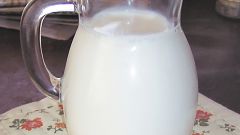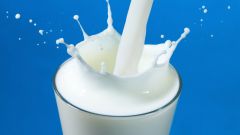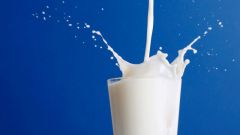Milk is one of the most important foods in the human diet. The quality of the milk in the stores is regulated by GOST 13277-79, and product examination carried out in laboratory conditions on organoleptic and physico-chemical parameters. However, in the home, the buyer can check the quality of product he purchased.
To organoleptic indicators of quality include appearance, taste and smell of the product. Undiluted fresh milk has a delicate rich flavor and milky aroma. Milk should not be bitter, sour or salty – it says that the product is stale or was obtained from a sick animal. Burnt smell is invalid because it constitutes a violation of the temperature regime in the processing of milk.
The most common fraud in the sale of domestic milk – diluted with water. To identify it is not so difficult: just put a drop of milk on any surface and watch it. Undiluted milk well keeps the form, so the drop does not spread for a long time.
Dilute skim milk has a watery taste and a bluish tint. If the eye to determine the integrity of the milk fails, you can use the hydrometer: the density of the product should be not less than 1,027 g/CC.
The presence of impurities unambiguously deteriorates the quality of the product. Additives such as flour, lime, chalk, gypsum, boric and salicylic acid, can be used in order to hide the shortcomings of milk and increase its shelf life.
The presence of starch and flour can be determined by characteristic powdery taste. Acids are identified using litmus paper, which turns red in an acidic environment. To learn about the presence in milk of lime, soda or chalk, you can use the citric acid solution. Soaked in milk on paper, drop some acid and watch the reaction. The hiss and bubble formation suggests that without impurities has not been.
Milk with high fat content should be chosen especially carefully. Many unscrupulous manufacturers to increase fat use vegetable oil and not cream, as it should according to GOST. Unfortunately, the presence of herbal supplements can be determined only in the laboratory, so when buying whole milk have to rely on the reputation of the manufacturer.
How to check the quality parameters of milk
To organoleptic indicators of quality include appearance, taste and smell of the product. Undiluted fresh milk has a delicate rich flavor and milky aroma. Milk should not be bitter, sour or salty – it says that the product is stale or was obtained from a sick animal. Burnt smell is invalid because it constitutes a violation of the temperature regime in the processing of milk.
The most common fraud in the sale of domestic milk – diluted with water. To identify it is not so difficult: just put a drop of milk on any surface and watch it. Undiluted milk well keeps the form, so the drop does not spread for a long time.
Dilute skim milk has a watery taste and a bluish tint. If the eye to determine the integrity of the milk fails, you can use the hydrometer: the density of the product should be not less than 1,027 g/CC.
What is the impact on the quality of the milk of various impurities, preservatives and vegetable fats
The presence of impurities unambiguously deteriorates the quality of the product. Additives such as flour, lime, chalk, gypsum, boric and salicylic acid, can be used in order to hide the shortcomings of milk and increase its shelf life.
The presence of starch and flour can be determined by characteristic powdery taste. Acids are identified using litmus paper, which turns red in an acidic environment. To learn about the presence in milk of lime, soda or chalk, you can use the citric acid solution. Soaked in milk on paper, drop some acid and watch the reaction. The hiss and bubble formation suggests that without impurities has not been.
Milk with high fat content should be chosen especially carefully. Many unscrupulous manufacturers to increase fat use vegetable oil and not cream, as it should according to GOST. Unfortunately, the presence of herbal supplements can be determined only in the laboratory, so when buying whole milk have to rely on the reputation of the manufacturer.
